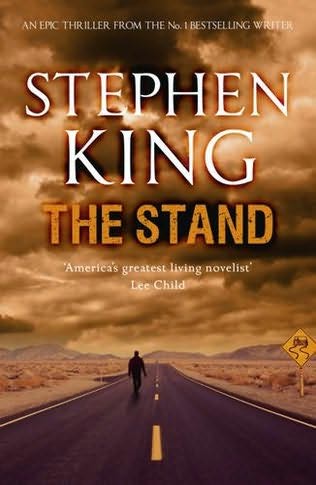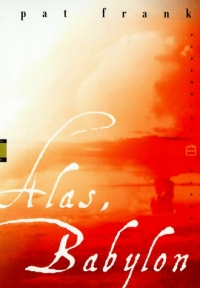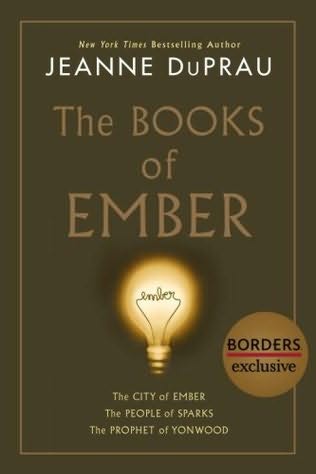"It's the end of the world as we know it, and I feel fine..."

* All summaries from VOYA and Booklist*
Apocalyptic and post-apocalyptic tales emcompass a variety of subgenres and themes. The good-versus-evil theme arises often in apocalyptic fiction. Stephen King's book, The Stand, and his character Randall Flagg remind us of the theme's continued poignancy.
Michael Grant's Gone books could also be classified as survivalist fiction. In Gone, adults disappear and kids are left to determine how to survive in a world without adults. For Grant, pushing the envelope meant eliminating the adults to see exactly how and what kids would do to survive. "Life in the Gone universe is scary as hell, and the responsibility is on the shoulders of the children. Kids aren't fleeing from adult evildoers. They're fleeing from each other and from themselves."

A classic theme of apocalyptic fiction stems from the late 1940s and 1950s when the atomic bomb was created and a Cold War ensued. Earlier books like Nevil Shute's On the Beach or Pat Frank's Alas, Babylon explored the aftermath of a nuclear war, thus preying upon our natural fears of the time.
Simner’s first novel for YAs, Bones of Faerie, is an attention-catching twist of two piping-hot speculative scenarios—a postapocalyptic-wasteland journey layered upon a faerie-world-intruding-upon-our-own setup. A war between our world and a faerie world has left the planet a ruined and perilous wilderness. People huddle in the remains of towns, afraid to venture out at night, and swiftly put to death any child suspected of having been infected by the faerie fallout. When Liza discovers that she may have magical abilities, she flees town, and eventually seeks out answers in the equally ruined faerie realm.
DuPrau debuts with a promisingly competent variation on the tried-and-true "isolated city" theme, beginning with City of Ember. More than 200 years after an unspecified holocaust, the residents of Ember have lost all knowledge of anything beyond the area illuminated by the floodlamps on their buildings. The anxiety level is high and rising, for despite relentless recycling, food and other supplies are running low, and the power failures that plunge the town into impenetrable darkness are becoming longer and more frequent. Then Lina, a young foot messenger, discovers a damaged document from the mysterious Builders that hints at a way out. She and Doon, a classmate, piece together enough of the fragmentary directions to find a cave filled with boats near the river that runs beneath Ember, but their rush to announce their discovery almost ends in disaster when the two fall afoul of the corrupt Mayor and his cronies.
Take advantage of these books with one of the dystopia challenges going on :)






9 comments:
I didn't realize Bones of Faerie was post-apocolyptic! Cool. That makes me even more anxious to read it. The City of Ember is really good.
I love love love The Stand and Dystopian/Post-Apocolyptic books!
Another really great one is The Road by Cormac McCarthy. :-)
I don't know enough about this genre, other than this in Westerfelds playground. Bones of Faerie sounds great. Thanks for the heads up!
I love the city of ember books. This was a good reminder for me that there are a couple of volumes that I haven't read yet.
I LOVE The Stand! And I'm reading The Road right now. Gone was the story that I thought of writing as a teen-- that was the story that I had playing out in my head after reading The Stand a couple of times. Thanks for the heads-up on that one. I may have to give it a shot, even though I may be a little old for it now!
Great collection/recommendations. I like the thematical grouping...and I'm also a fan of dystopia, so thanks for the post. :)
Another interesting blog entry...you're doing great Amanda!
The Stand was the first HUGE book I read :)
I have Gone in my TBR pile, and I know I need to get to it. Espcially because the sequel is out already.
Thanks for the theme!
I've heard such good things about Book of Ember, I must give it a go one day soon :D
Post a Comment